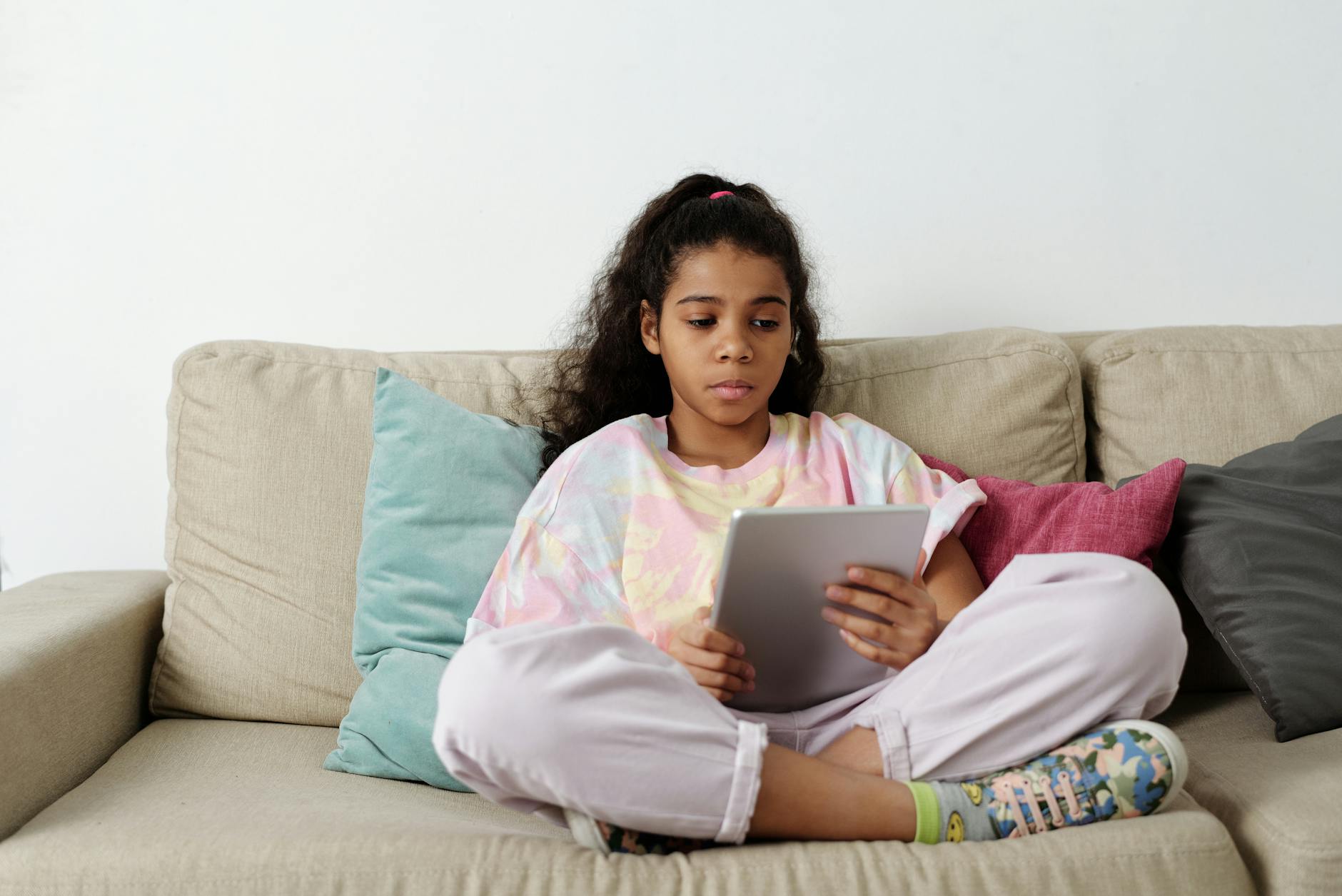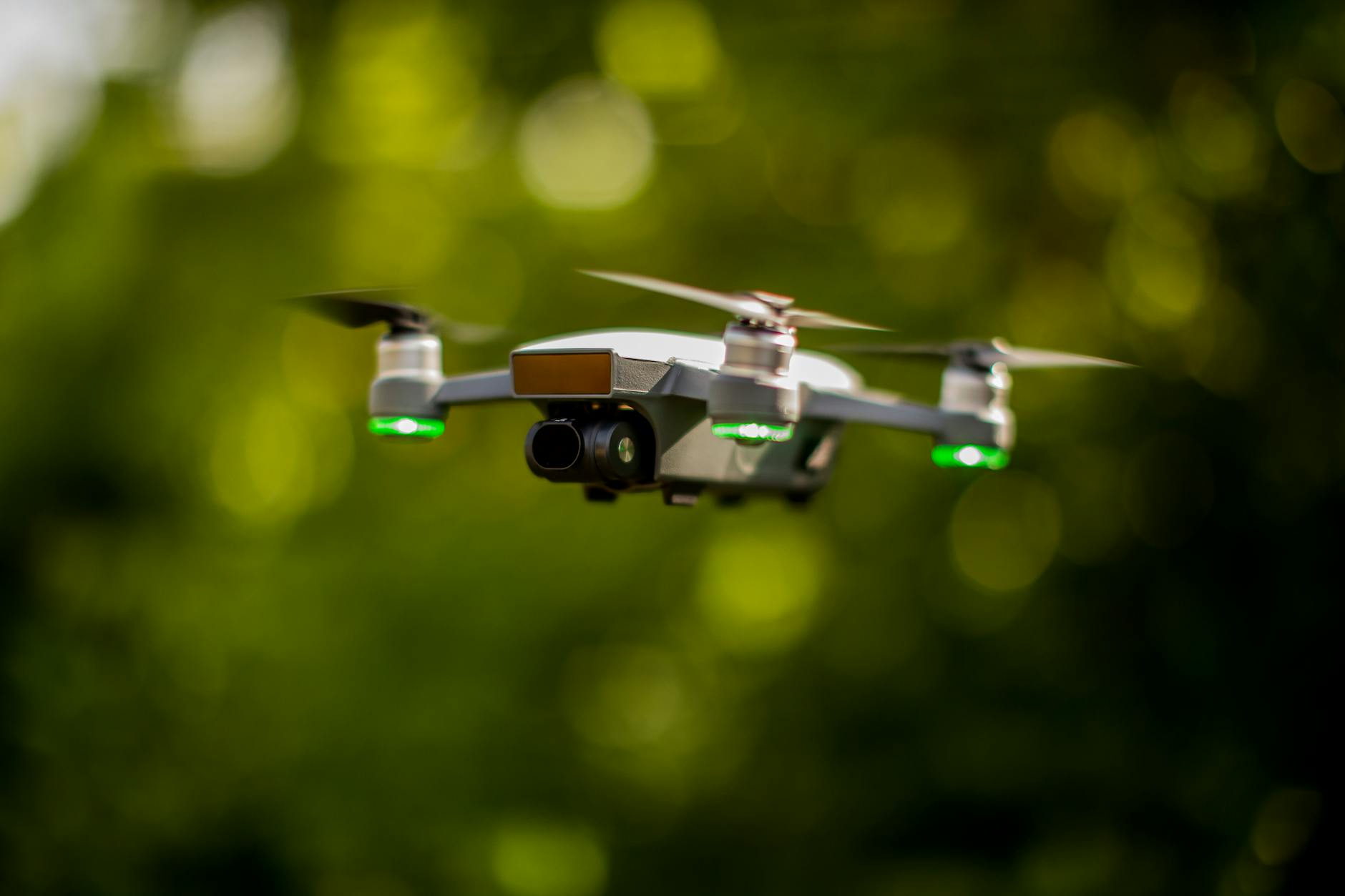Can Australia's Classrooms Benefit from Advanced Audio Equipment?

Enhancing Learning Environments
Creating dynamic learning environments in Australian classrooms often stirs memories of places like the bustling Queen Street Mall in Brisbane, where the energy is palpable. Expanding this vibrancy into educational settings can significantly impact student engagement. I recall a time when visiting a local school intrigued by new audio equipment, it felt reminiscent of the tech-savvy stores in Fortitude Valley. With the right tools, students are not just hearing content—they're living it.
For students who rely on auditory learning, clear sound is more than just a luxury; it's essential. Picture the serene atmosphere of South Bank, where every sound brings a distinct calmness and focus—incorporating broadcast solutions into classrooms can emulate this auditory experience, encouraging learners to grasp complex subjects through enriched soundscapes.
Moreover, diverse learners benefit immensely from such advancements. Consider those who may have different learning requirements or disabilities; audio enhancements often make lessons more inclusive. With mesh radios, educators can ensure sound is evenly distributed, allowing everyone to participate actively, much like the equal opportunity you feel when collaborating in diverse group settings.
These technological improvements aren't merely about upgrading classrooms; they're about offering students an enriched educational experience. As advancements in audio technology continue, the scope for creative, inclusive education grows, making classrooms as engaging and inclusive as the community hubs we're all familiar with.
Technology in Education
Integrating Audio Tools
Bringing audio tools into classrooms can transform the educational experience, making learning more interactive and accessible. It's like when I wander through Brisbane's vibrant Queen Street Mall, soaking in the lively atmosphere; an engaging classroom environment does the same for students. Incorporating tools like an induction loop can help students with hearing impairments connect better to the lessons being taught. This technology offers a seamless way for them to receive clear audio directly to their hearing aids, making every lesson inclusive for everyone involved.
Moreover, audio tools are essential for music enthusiasts or budding producers who want to learn about guitars and basses within an educational setting. Advanced audio equipment can provide them with hands-on experience in a controlled environment, giving them a taste of real-world music production.
Investing in high-quality home entertainment systems within schools can also capture students' attention, much like how a well-set scene draws you into a movie, enhancing their focus and interest in subjects like history or literature. The integration of specialised audio tools caters to diverse learning needs and ensures that educational institutions are moving with the times, adapting to future technological advancements.
Practical Applications
Daily Classroom Activities
As someone who's always looking for ways to create an immersive learning experience, I've found that advanced audio equipment can transform daily classroom activities. It's similar to how a universal remote can seamlessly control multiple devices at home. Audio tools can help facilitate smooth transitions between lessons, making it easier for teachers to manage their classrooms effectively. Whether it's playing background music to enhance focus or using sound cues to signal a change in activity, audio equipment can be invaluable in maintaining a conducive learning environment.
Special Educational Programs
In Brisbane, just like the boutique beauty stores in Fortitude Valley that offer unique products for specific needs, audio technology can provide tailored support in special educational programs. For students who require additional assistance, audio equipment, such as hearing aids or induction loops, can make a significant difference. For example, using audio equipment in special education settings enables students to access auditory information more effectively, removing barriers to learning.
Music and Arts Enhancement
When it comes to enhancing music and arts programs, high-quality monitors for video conferencing can be particularly beneficial. In a music class, having clear, high-fidelity sound enables students and educators to pick up on nuances that might be lost with inferior equipment. It reminds me of crafting a music track in a studio; the details matter. Similarly, in an arts setting, synchronised audio-visual equipment helps students understand artistic concepts and improve their skills through live demonstrations and interactive sessions.
Potential Challenges
Technical Installation Barriers
Navigating the intricacies of advanced audio systems in educational settings is no small feat. I’ve seen firsthand how complex it can be, especially when dealing with cutting-edge paging systems. Installation requires careful planning to ensure compatibility with existing infrastructure, which can be a hurdle for schools unaccustomed to such technologies. It reminds me of setting up my home studio, where each step of wiring and system calibration demanded precision and patience. Getting all components to work in harmony can be challenging, particularly when resources are limited or outdated.
Teacher Training Requirements
Integrating advanced audio tools also necessitates comprehensive teacher training. Without proper orientation, even seasoned educators might feel lost when faced with new technology. To draw a parallel, it’s like handing a professional microphone to someone unfamiliar with its nuances; without guidance, it’s just another gadget. Training should focus not just on operational aspects, but also on how these tools can enhance teaching methods and engage students more effectively.
Maintenance and Upkeep
Maintaining audio equipment requires consistent attention and expertise, which can burden schools not equipped with technical support. Regular checks and troubleshooting are crucial to keep everything running smoothly. It’s much like the upkeep of my musical gear, where routine care ensures optimal performance. Such maintenance might require allocating resources for specialised personnel or devising a reliable support system within the school. This proactive approach ensures longevity and efficacy of the equipment, vital for uninterrupted learning experiences.
Best Practices
Choosing the Ideal Equipment
When it comes to selecting audio equipment for Australia's classrooms, it's all about understanding the needs of both educators and students. A visit to the boutique beauty stores in Fortitude Valley makes selecting beauty products a personal experience, much like choosing the perfect sound system. You want equipment that enhances clarity, reduces ambient noise, and supports multiple teaching styles. Always consider australian pro audio equipment for reliability. Take the time to test them in a real classroom setting, reminiscent of trying different skincare samples in a Brisbane beauty spa to see which works best for your skin.
Partnering with Specialists
Just as seeking advice from a seasoned beautician can transform your skincare routine, collaborating with audio specialists can revolutionise classroom learning. They can offer insights on acoustics and provide tailored solutions based on the classroom’s unique environment, much like a personalised consultation at South Bank’s serene beauty spas. A local expert might even have recommendations for integrating systems in historic buildings, ensuring that both modern tech and old charm coexist beautifully.
Ongoing Evaluation and Adjustment
Finally, much like how your skincare needs evolve with seasons and age, the integration of advanced audio systems should be an ongoing journey. Invite regular feedback from teachers and students to ensure the technology aligns with their needs. Like revisiting Queen Street Mall for the latest beauty trends, continuous updates and tweaks to classroom tech can ensure optimal performance and satisfaction for everyone involved.


